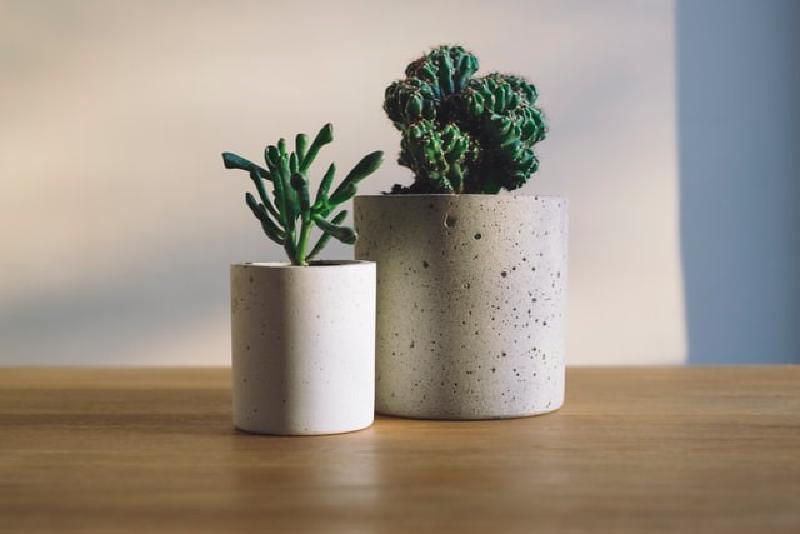While were all stuck at home its a great time to get to know your plants a bit better. Take this time to get on top of those house plant care tasks. This can be as simple as wiping down windowsills and shuffling plants to new places. A good clean can sometimes be enough to get your energy levels back up.
Spring is also the time of year when plants are really starting to grow. If you aren’t noticing much growth in your houseplants by now, consider moving them to a brighter location. On the other hand, if your plants are looking consistently a bit wilted you may need to move them to a more shaded area. Have a good close look at your plants and their living conditions. Now is a great time to find them the spot where they can be happiest.
In the kitchen
If you don’t yet have houseplants and are a bit nervous about it. Start with kitchen herbs. These are useful, but also inexpensive. So if they don’t make it, no need to beat yourself up.
Many stores will sell potted herbs. Usually these are actually many many plants grown in the same pot. If you can, gently split the clump into a few sections and replant in separate pots. This will give them more space to grow and a better chance of long-term survival.
You can also grow herb from cuttings. Try saving a sprig or two from packets of fresh cut herbs. Strip off lower leaves, leaving at least 3cm of bare stem then either sit in a glass of water, or poke into potting soil up to the first set of remaining leaves. Pinch off the top pair of leaves to encourage bushier growth as well as reduce water loss. This will work with most herbs except chives.
Make the most of scraps
For salad leaves try planting the tops of: Carrots, beets, celeriac
For a second crop plant the bases of: spring/green onions, leeks, lettuce, celery
Don’t do this with parsnip tops as parsnip leaves contain sap which can be an irritant.
Potato peelings can be used to grow your own potatoes. Make sure the peel includes an ’eye’ as this is a growth bud. The more of the potato flesh you include on the peel, the longer the young plant can go without soil as it can feed on the potato starch for energy.
Build a terrarium
Consider the plants you want to include and the size of container you want to use. Larger containers will require less maintenance and can be easier to setup as you can reach your hand inside rather than using chopsticks or tweezers to plants things. However any size or shape of container can be used.
Open containers will suit air plants, cacti, and succulents. Succulents generally have thick fleshy leaves they use to store water. These plants usually don’t do well with consistently high humidity.
Closed containers will suit many small houseplants and ferns which thrive in areas of high humidity.
Also definitely consider moss in a terrarium. They are often quite hardy and thrive in moist conditions. They’re small size also means they are great elements for turning your terrarium into a micro landscape.
Check out: Serpa Design on Youtube for great tutorials and ideas.
Send us photos of what you’re growing!
